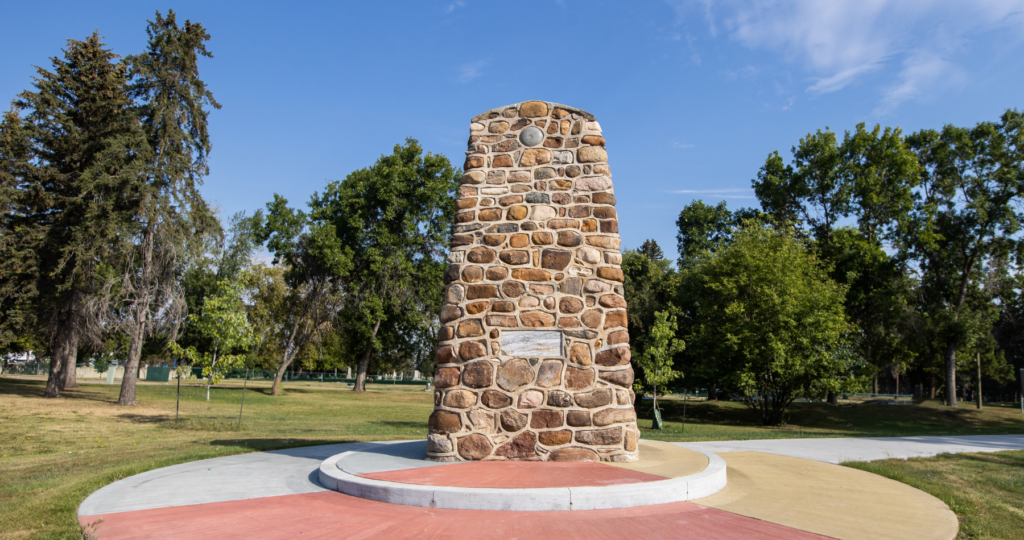Post Category : Archaeonerdism Local Archaeology
Archaeology on Deer Mountain
On Friday, April 15th at 7 PM Tree Time Services Sr. Project Archaeologist Kurtis Blaikie-Birkigt will be presenting at the High Prairie and District Museum on ongoing research on Deer Mountain, Alberta. On the weekend, Tree Time will be at the High Prairie Gun & Sportsmen’s show with a display of artifacts and replicas to help identify your finds.

Early archaeological research on northern Alberta was focused on big lakes. Large campsites were found on major lakeshores and were assumed to be related to seasonal fisheries. It was assumed that past people’s hunting forays into the hills and hinterlands wouldn’t have left much of an archaeological trace. When we started doing archaeological surveys for forestry cutblocks in 2001, we didn’t expect to find very much. The typical sites we’d find would be small scatters of stone chips and flakes left from making stone tools like arrowheads. Even those sites were almost always very close to major streams or other waterbodies.

In 2005, I was part of a crew that did some pre-harvest archaeology surveys for Alberta Plywood on Deer Mountain (Figure 2). Earlier surveys had found a few sites there, more than would be expected in a place so far from major waterbodies. Even knowing there were sites there, our findings in 2005 surprised us. We found quite a few sites, they were richer than expected, included a unique local stone called Grizzly Ridge Chert (Figure 3), and we found a spear point similar in style to ones that date to 8000 years ago (Figure 1). Deer Mountain was an unusual place, archaeologically speaking, and was very eye opening to me.

Last year, I got to revisit some of the same areas for Alberta Plywood, with the benefit of another 10 years of experience, high resolution LiDAR imagery, and significant improvements in survey and site evaluation methods. We found more sites, bigger sites, and more interesting sites in places we didn’t even think to look in 2005. I came away with an even greater appreciation for how interesting Deer Mountain is, and for how much I’ve learned over the intervening years.
In this talk, I’ll touch on careers in archaeology, archaeological methods, how industry and government manage risks to archaeological sites, and a really interesting area in Alberta archaeology that’s barely been studied.

References:
Cloutier, Riel
2006 Heritage Evaluation of West Fraser Slave lake (Alberta Plywood Ltd. Division) 2005/2006 Annual Operating Plan Forest Harvest Developments, Slave Lake, Alberta. Archaeological Research Permit No. 2005-378. Report on file, Archaeological Survey of Alberta, Edmonton.



